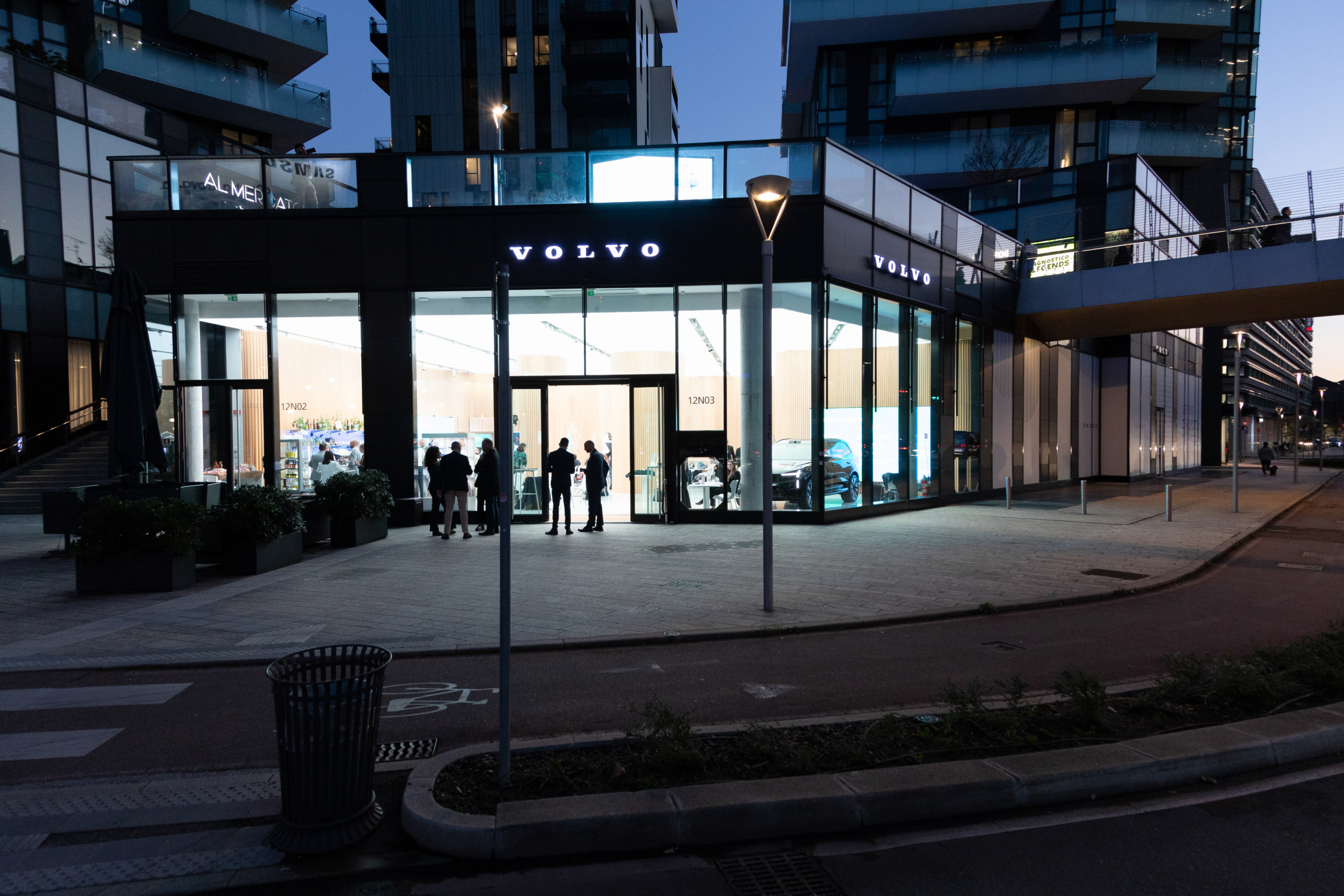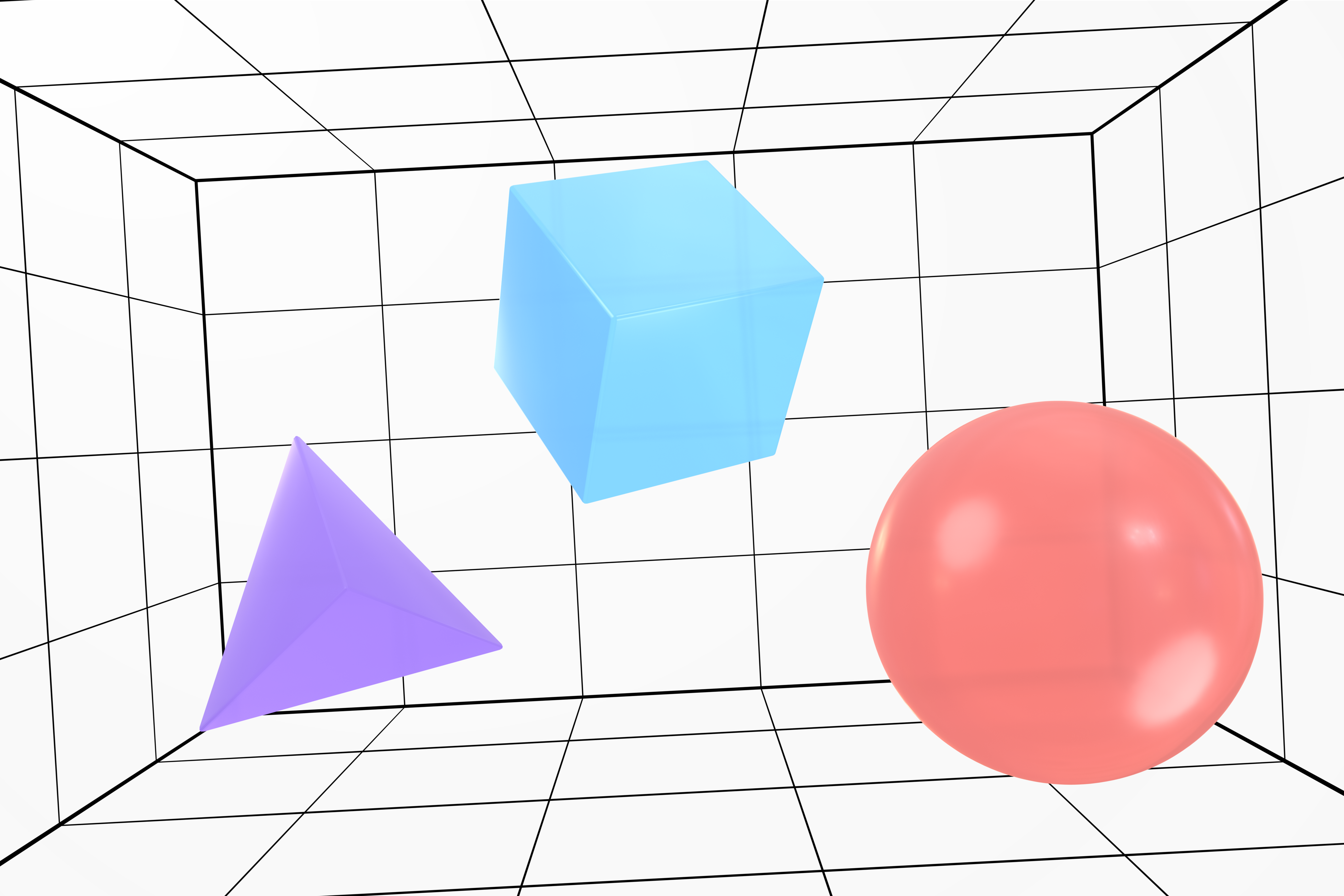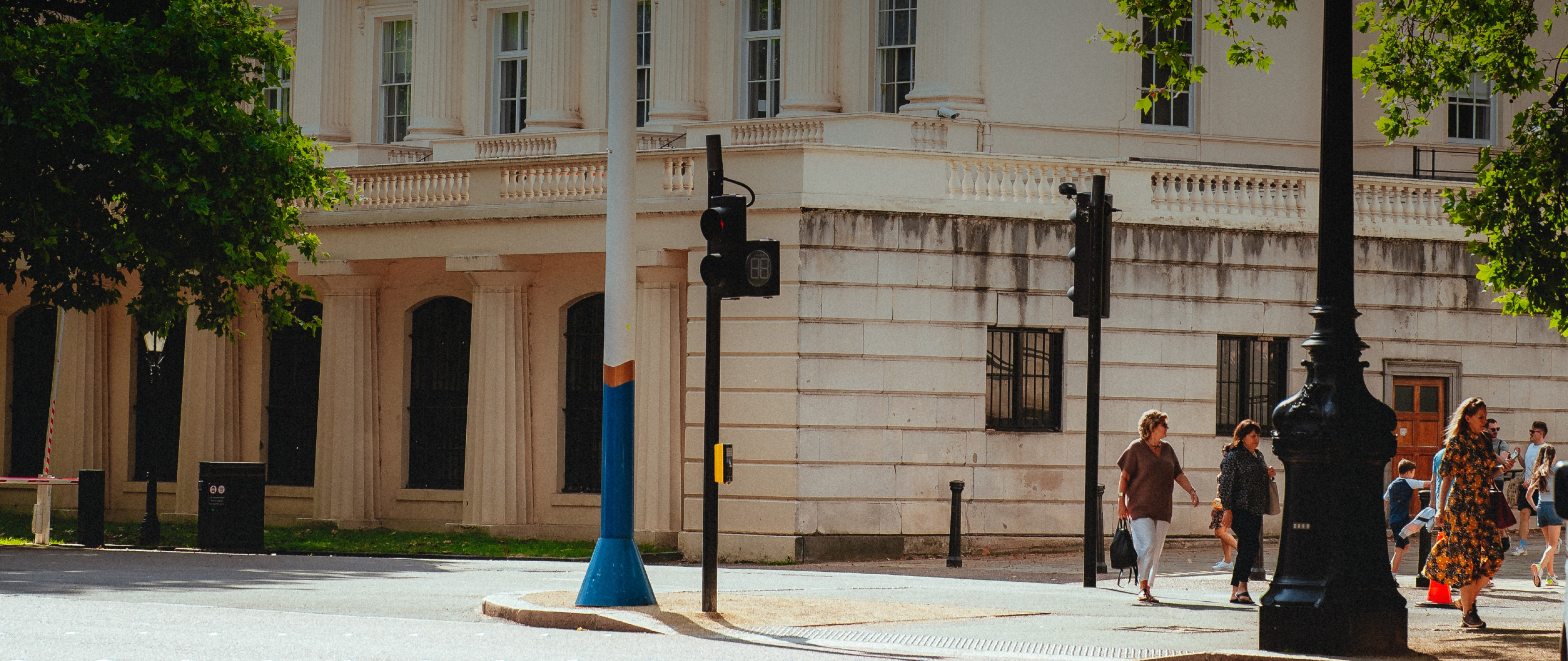We live in an era of profound change, where digitalization and the impact of two years of pandemic have redefined many of our daily habits. Yet despite this inexorable shift toward the virtual, one trend remains: we are spending more and more time in urban spaces (the UN predicts that by 2050, almost 68% of the world’s population will live in urban areas, up from the current 55%). This demographic trend helps us understand why rethinking the way we design and live in cities is urgent today more than ever.
The speed of transformation
Cities are much more than mere clusters of buildings and infrastructure. They are complex ecosystems, where physical and human elements interact in a delicate, dynamic balance. Physical spaces – buildings, squares, streets – are inherently stable and often remain unchanged for long periods. A structure can last for decades, even centuries, with its original form and function nearly intact. People, on the other hand, are constantly evolving. Their needs, habits, and expectations change rapidly, driven by technological innovations, social shifts, and new cultural trends.
This difference in pace between the stability of physical spaces and the rapid evolution of people’s needs creates a gap that can become a significant challenge for urban design: how can we make city spaces more adaptable to the ever-changing needs of the population? How can we bridge this gap between the static and the ever-evolving?
The opportunities for transformation are numerous. The rapid pace of technological advancements that transform and innovate the services and products we use daily opens up unexplored possibilities. Artificial intelligence, for example, is changing the face of many industries and creating new avenues for human‑machine and machine‑machine interactions. If applied to the urban context, AI could help transform physical spaces into responsive environments capable of adapting in real-time to users’ needs. Airports, train stations, or shopping centres could become intelligent spaces where user experiences are personalised and optimised through real-time data analysis.
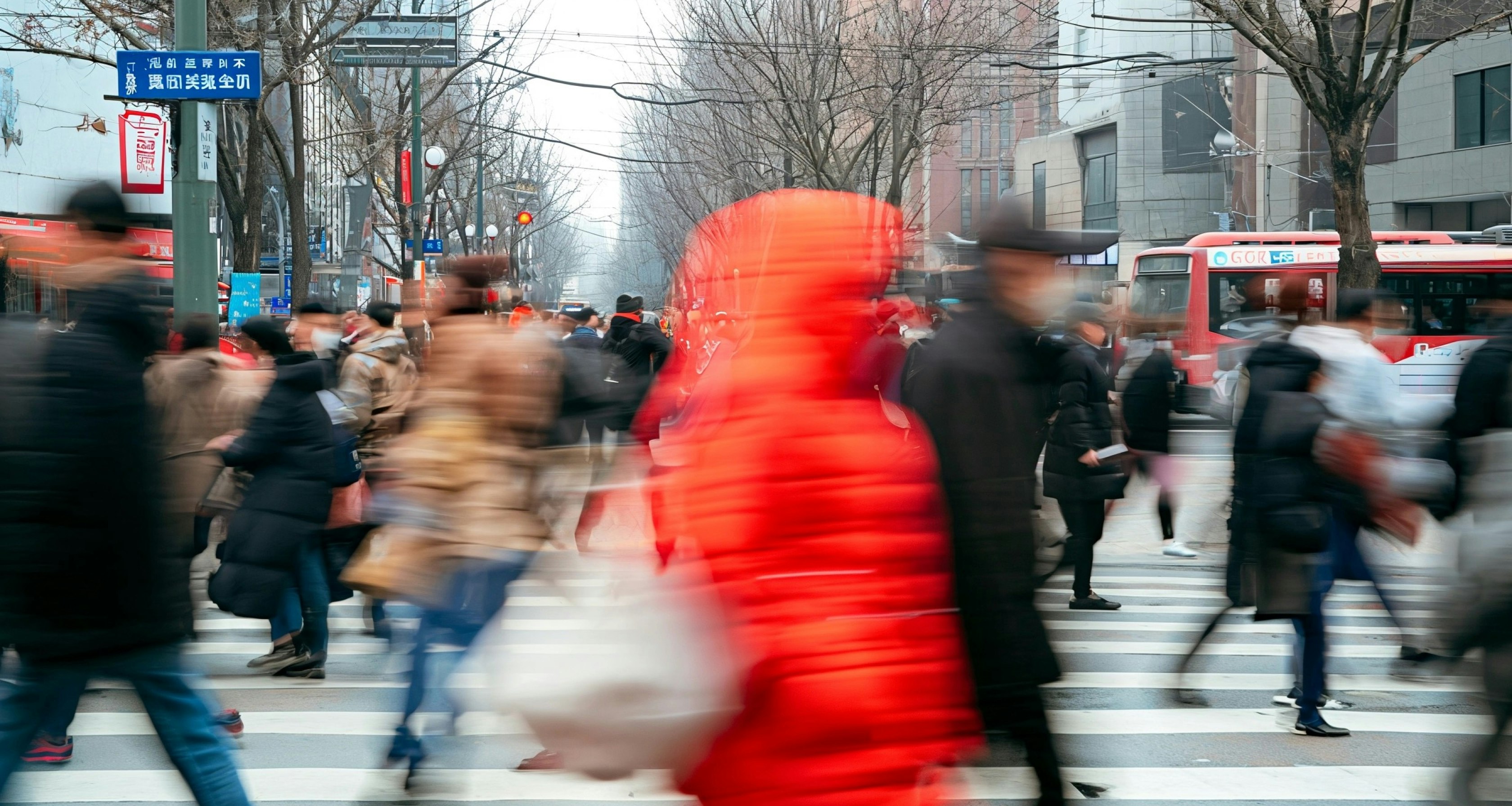
Urban spaces in Italy
In Italy, for example, we have an extensive legacy of properties and spaces from the industrial era that are now seeking new purposes, new roles that make them relevant for contemporary communities. These entire urban areas have the potential to reshape the cities that host them. However, the redevelopment of these spaces cannot be limited to a mere urban or commercial facelift. It must be an opportunity to rethink the relationship between space and people, creating environments that respond to current needs while also having the capacity to adapt and evolve with the communities that inhabit them.

Impacts considered in the Design of new urban experiences
Design as a solution
Why is a design-driven approach essential in addressing these challenges? Because of its ability to navigate uncertainty and complexity, where definitive answers are rare, and value lies in the continuous exploration of multiple dimensions of reality. Within complex contexts like these, design serves as a key tool for at least three reasons:
Catalyse: By nature, design brings together a wide range of skills. As designers, we regularly work with psychologists, sociologists, architects, and others. Thinking in a siloed or vertical way obscures the broader potential of design. Instead, connecting the dots is central to our approach and method, allowing a hybrid team of diverse professionals to channel all efforts toward a unified objective.
Observe: Observing our surroundings is fundamental to any design project. We need to understand our users, their habits, and their expressed and unexpressed needs. But we also look for trends and signals from political, technological, and social spheres to stay ahead of the curve. Systematising this ability to observe, in collaboration with experts from various fields, leads us to the third and most essential point.
Go beyond the user: At Sketchin, we aim to design products, services, and innovation strategies around a new interpretation of value creation that is sustainable for all stakeholders. To achieve this, we must anticipate the impacts of our design choices, including external factors beyond our control. We consider people not only as individuals but as complex entities shaped by their environment, relationships, customs, social groups, and historical context. We explored these themes in greater depth in this article.
We refer to this approach as universal design because it accommodates the needs of an ecosystem of stakeholders with varying objectives that must align to achieve balance. We structure our relationships with these stakeholders through four methodological phases:
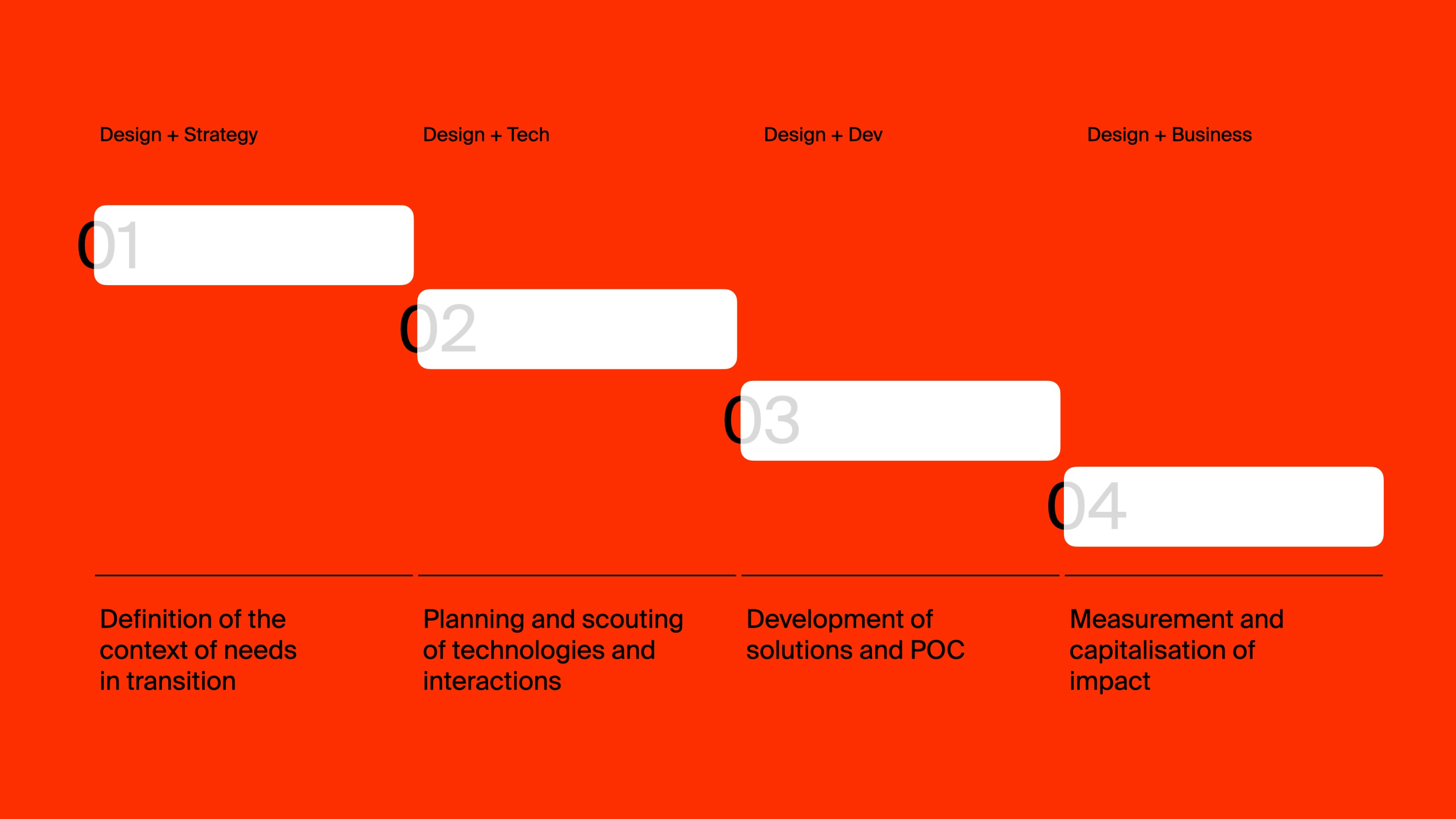
A new language
However, it is not enough to simply bring designers’ experience to the table. It is essential to adopt a new perspective, to understand how this approach changes and challenges certain preconceptions and influences how we measure outcomes.
The concept of urban regeneration, for instance, is rooted in a fundamental principle: the wellbeing of people and their communities. Without this, it becomes merely a real estate operation. This was the crucial point we aimed to communicate at the Festival.
Without a focus on people’s wellbeing, we risk designing services that address a single issue rather than contributing to a holistic balance. Services designed solely to generate profit may be unsustainable in the long term. A neighbourhood developed with only commercial interests, without complementary services, might generate medium-term profits but is likely to see interest wane as it fails to adapt to evolving needs.
When wellbeing and a coherent, fulfilling experience for individuals are prioritised, a virtuous circle emerges—one that meets people’s needs today and allows the space to adapt over time to ongoing changes.
Ready to go beyond screens?
At Sketchin, we are ready to lead the transformation of urban spaces, creating environments that adapt to people’s evolving needs and enhance community wellbeing. Want to learn more about sustainable urban design and explore collaboration opportunities?


